On December 20, Prime Minister Pham Minh Chinh issued Official Dispatch No. 138 on conducting a general inventory of public assets at agencies, organizations, units, and infrastructure assets invested and managed by the State.
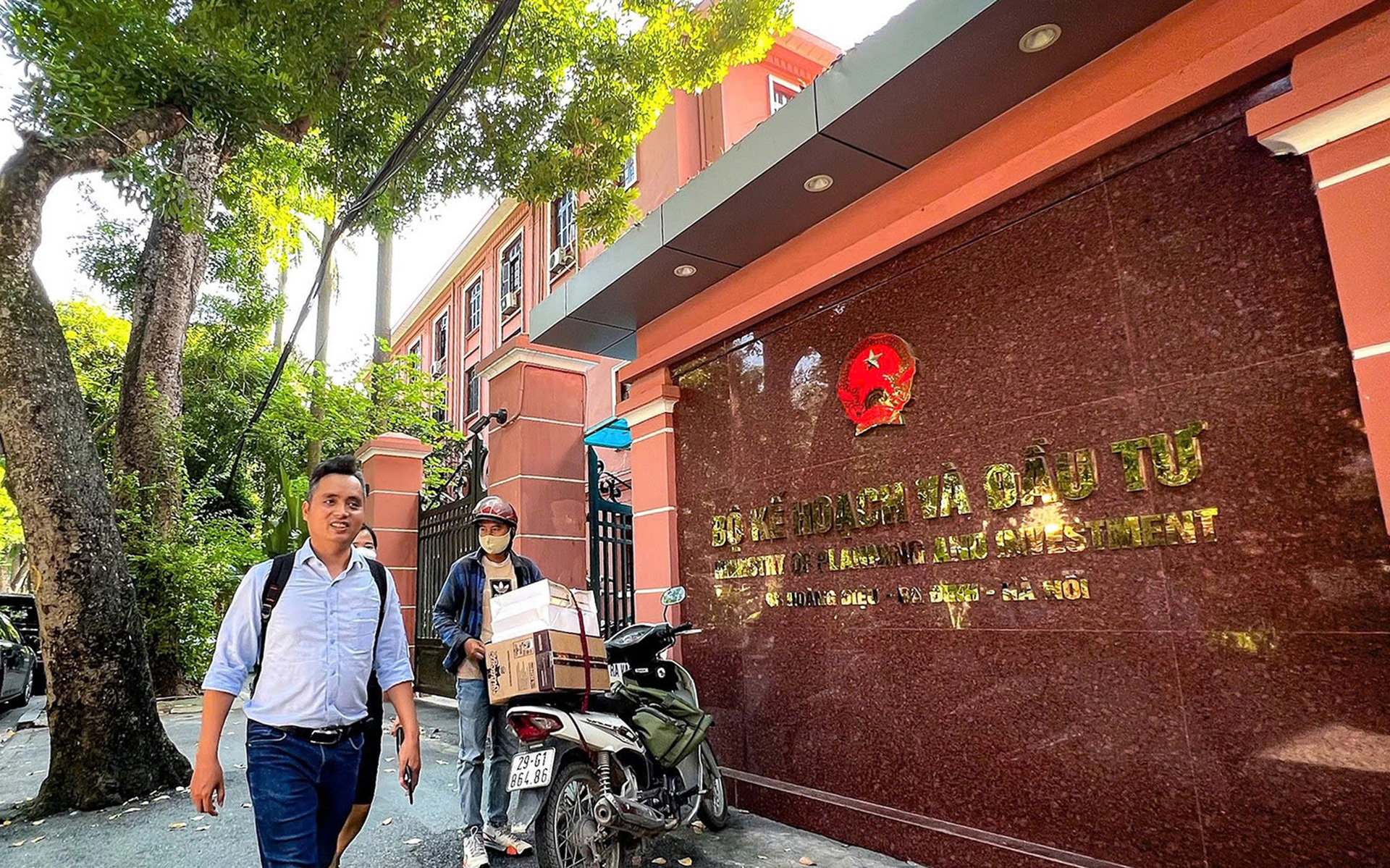
Public assets will be evaluated when ministries and branches merge - Photo: NAM TRAN
Conducting a general inventory of assets to promote the implementation of policies and laws on practicing thrift, combating waste, and implementing a general inventory of public assets project.
This is a major political task to synthesize and evaluate the current status of assets and the management and use of public assets.
General inventory of public assets as a criterion for evaluating task completion
From there, perfecting policies, laws and organization of public asset management, serving the development of strategies, planning, plans and reports on assets and state financial reports of the country.
The general inventory of state assets has been carried out, but because this is a large task, it is carried out for the first time on a large scale nationwide with many different types of assets, formed over many periods.
Meanwhile, the awareness of some Party committees, authorities, heads of agencies, organizations and units is not complete, and they are not proactive and determined in directing, operating and organizing implementation.
Therefore, to ensure effective implementation of the general inventory of assets, the head of the Government requires ministries, branches and localities that have not yet issued a general inventory plan or have not yet trained to issue a plan and train, report results, and complete before December 23.
Implement the general asset inventory project, fully implement the content according to regulations, avoid delays. The results of the general inventory will be the basis for evaluating the task completion of the agency, organization and head.
Timely reward outstanding units and criticize, remind and handle responsibilities with units that do not complete.
Strengthen the accounting, management and use of public assets, ensure full inventory of existing assets, and complete and accurate information on assets. Link asset inventory with savings and anti-waste.
Handling of assets used for improper purposes
During the inventory process, if unused assets, improperly used assets, or ineffectively used assets are discovered, they must be promptly handled, without waiting until the end of the general inventory, to ensure that public assets are used for the right purposes, economically and effectively.
Ministries, branches and units that carry out mergers, consolidations, separations, termination of operations, and transfer of functions and tasks to other agencies when streamlining their apparatus must still perform the task of general inventory and handover of work that has been and is being implemented.
Units after merger, consolidation, separation, and receiving functions and tasks are responsible for continuing to deploy the remaining work, ensuring that the arrangement, streamlining of the apparatus, and arrangement of administrative units are not affected.
The Ministry of Finance inspects the preparation and implementation of the general inventory of ministries, branches and localities, and reports the results. Especially those with large asset scale and number of inventory units, complex assets, and slow implementation progress.
Periodically report to the Prime Minister and publicize on mass media, propose solutions and mechanisms, policies, build database and organize management to promote results, improve effectiveness and efficiency of management, use and exploitation of public assets, report to competent authorities.
Source: https://tuoitre.vn/tong-kiem-ke-tai-san-cong-tren-pham-vi-toan-quoc-20241220210250723.htm






![[Photo] Ministry of Defense sees off relief forces to the airport to Myanmar for mission](https://vstatic.vietnam.vn/vietnam/resource/IMAGE/2025/3/30/245629fab9d644fd909ecd67f1749123)
![[Photo] Prime Minister Pham Minh Chinh chairs meeting to remove difficulties for projects](https://vstatic.vietnam.vn/vietnam/resource/IMAGE/2025/3/30/7d354a396d4e4699adc2ccc0d44fbd4f)

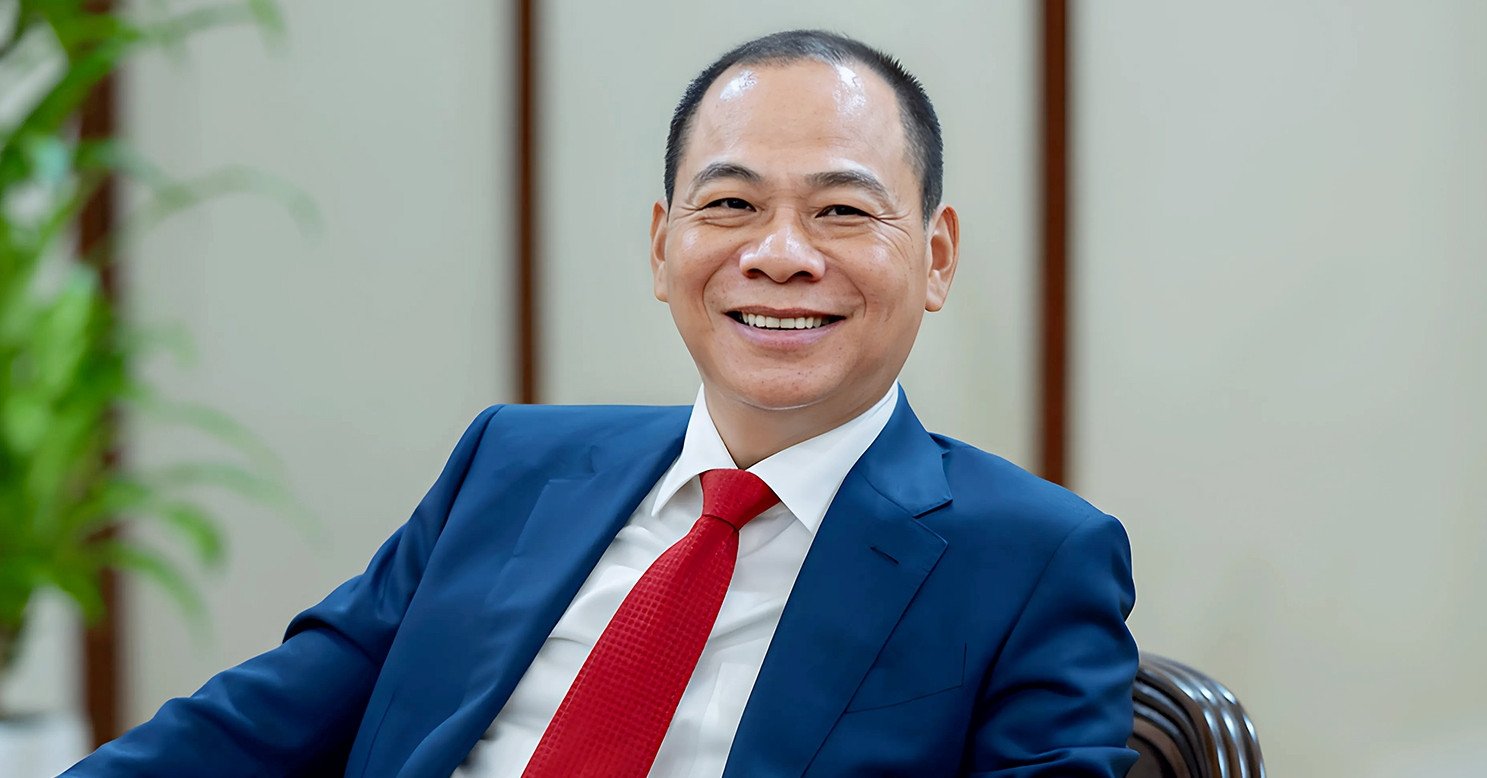




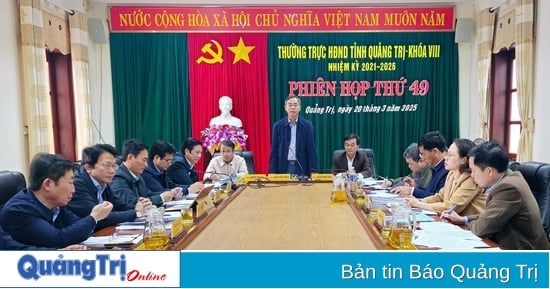

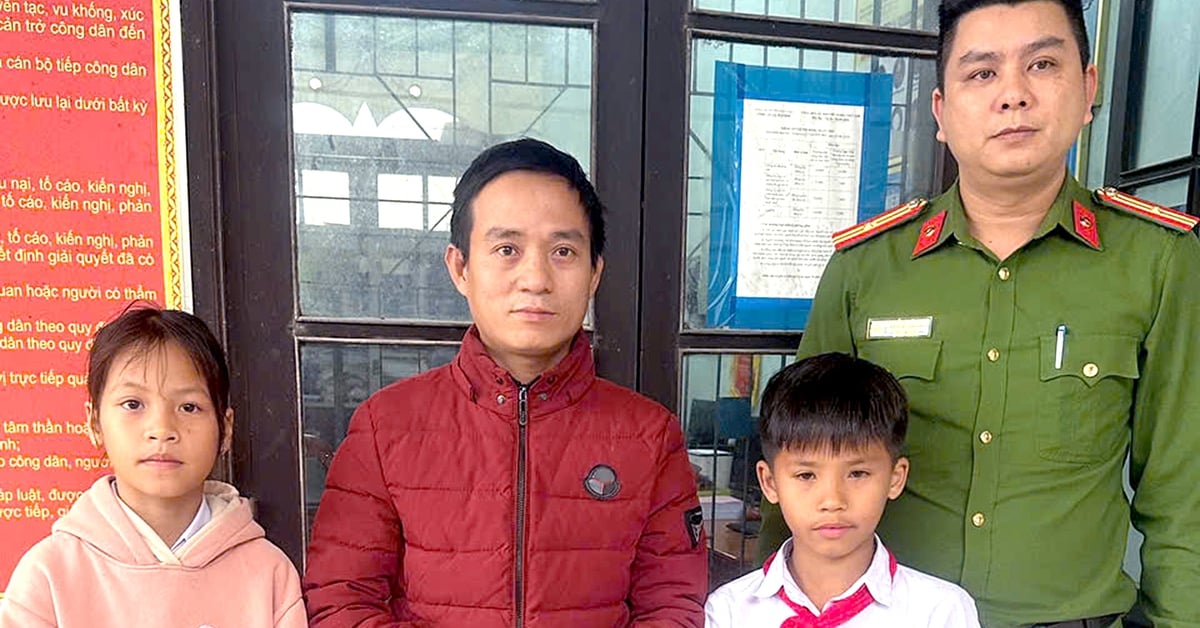

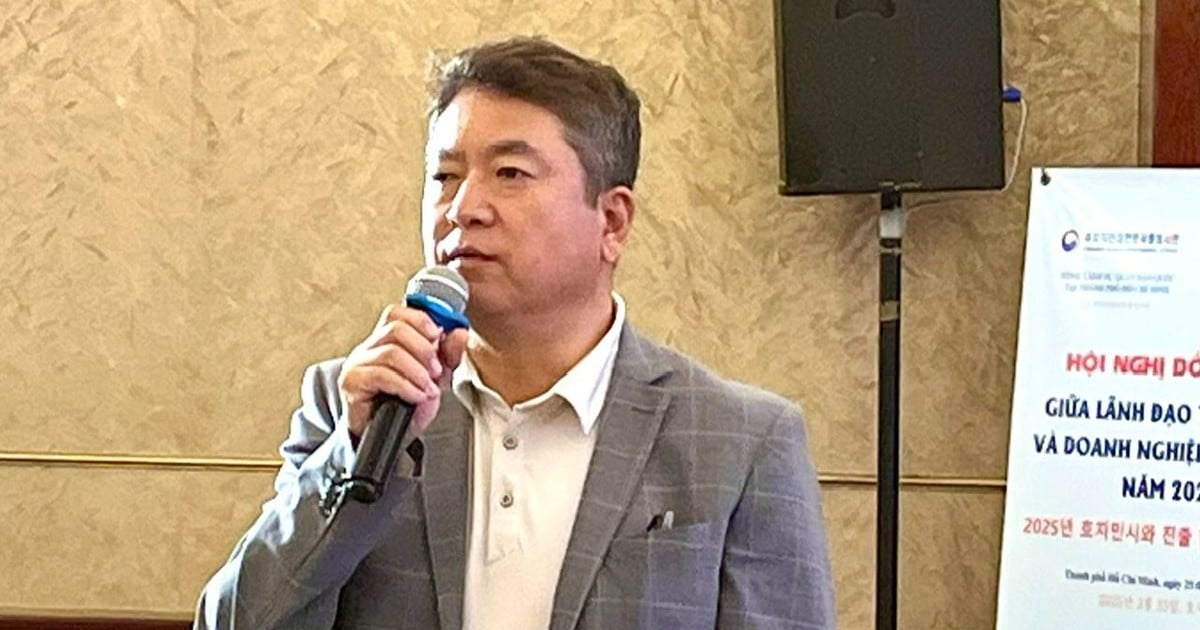


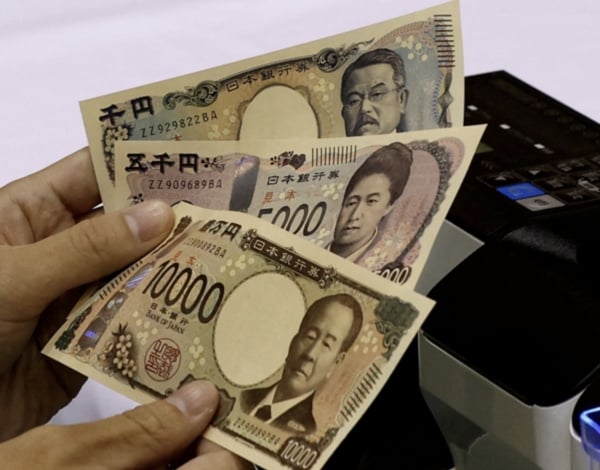











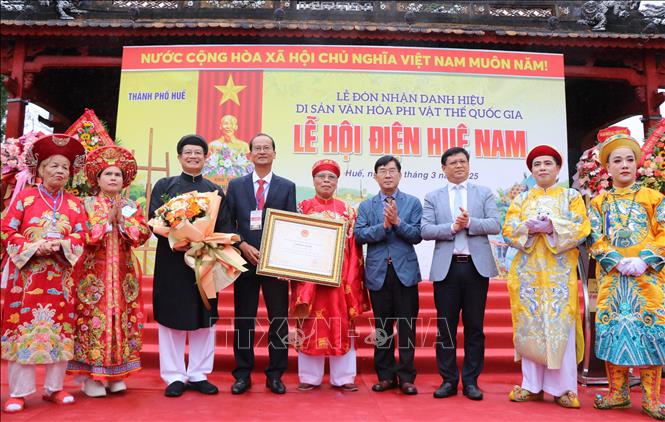

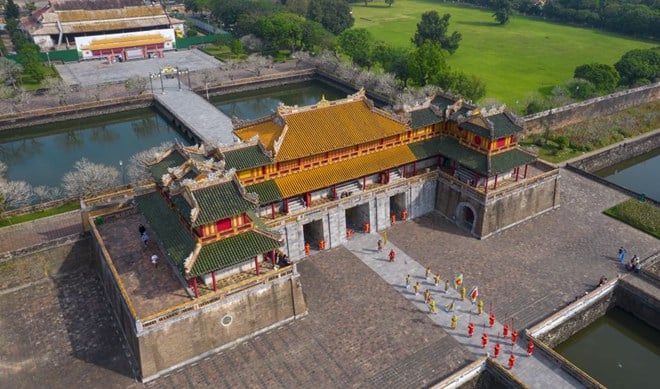







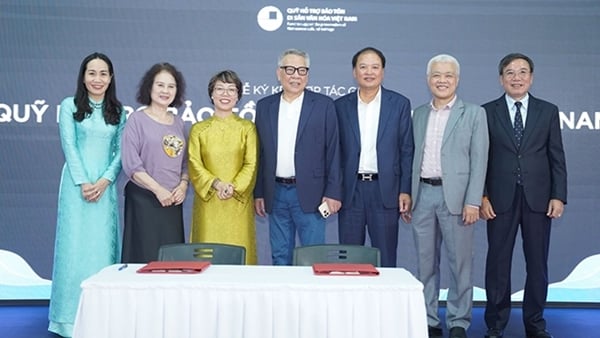
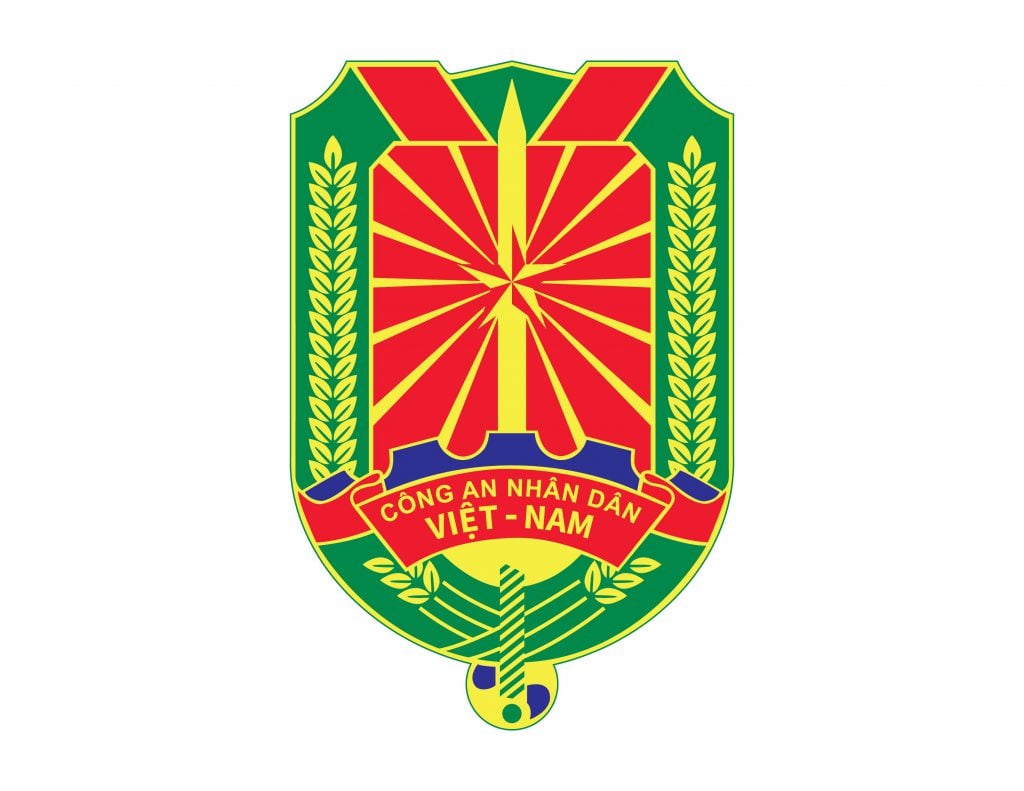
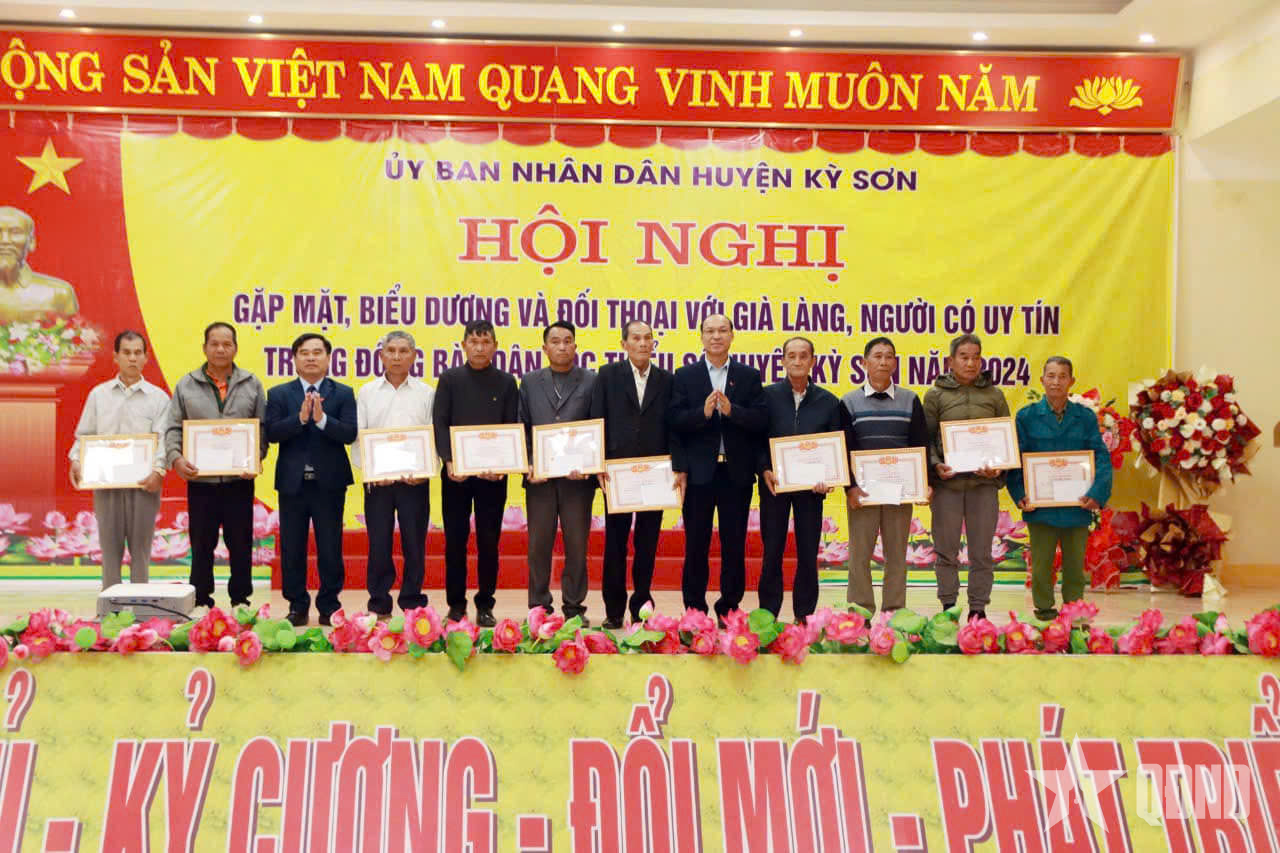



















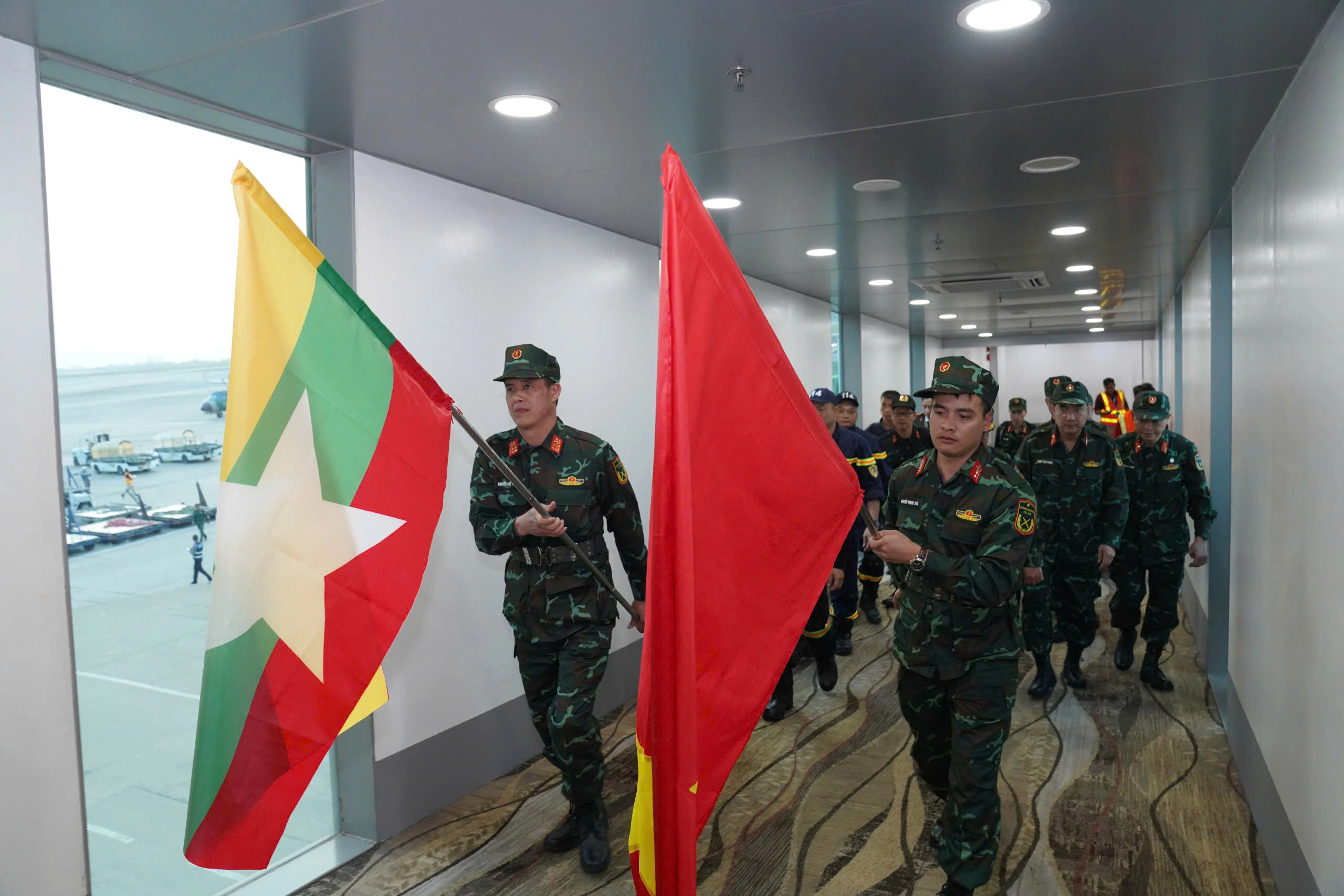



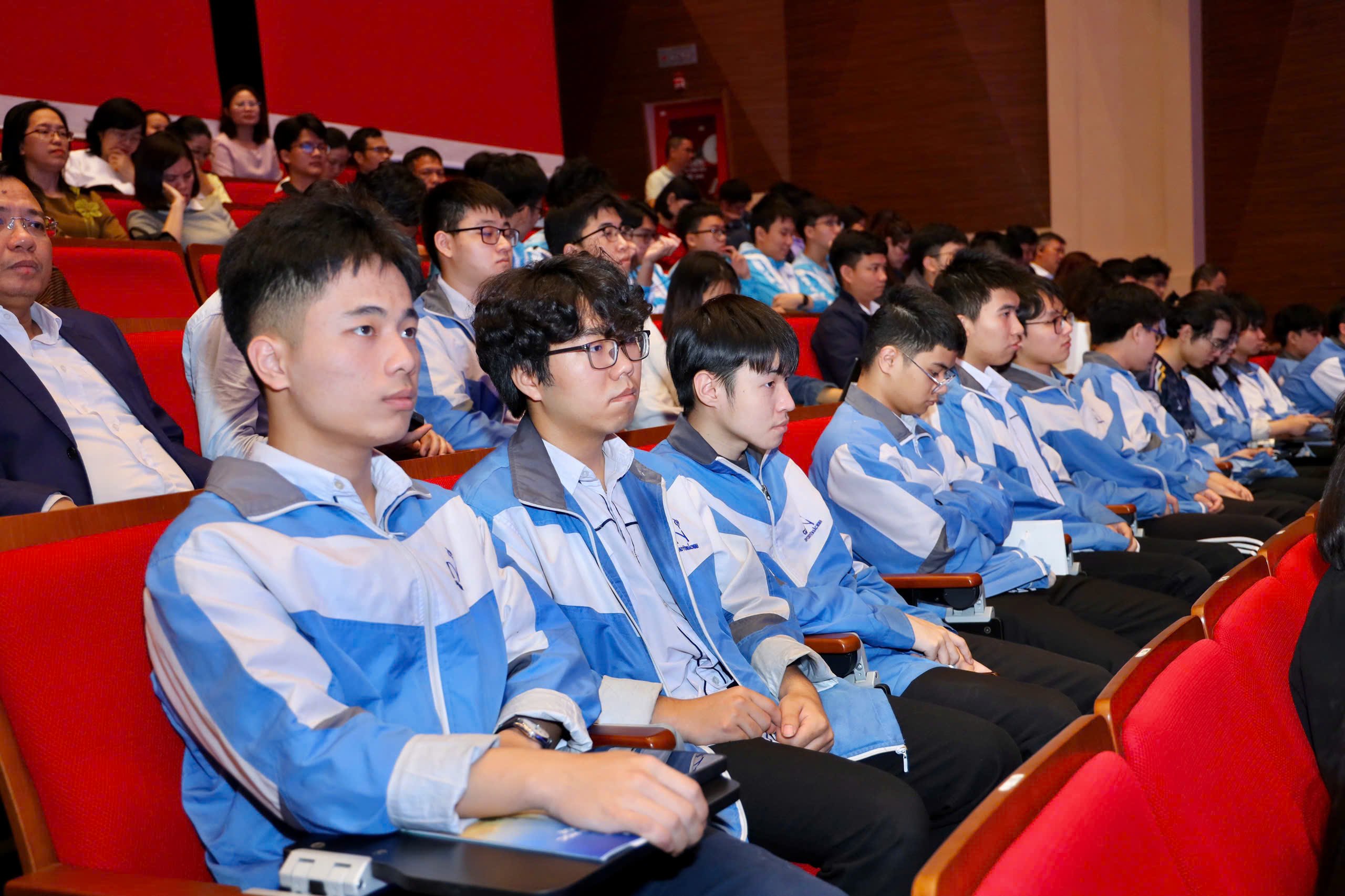

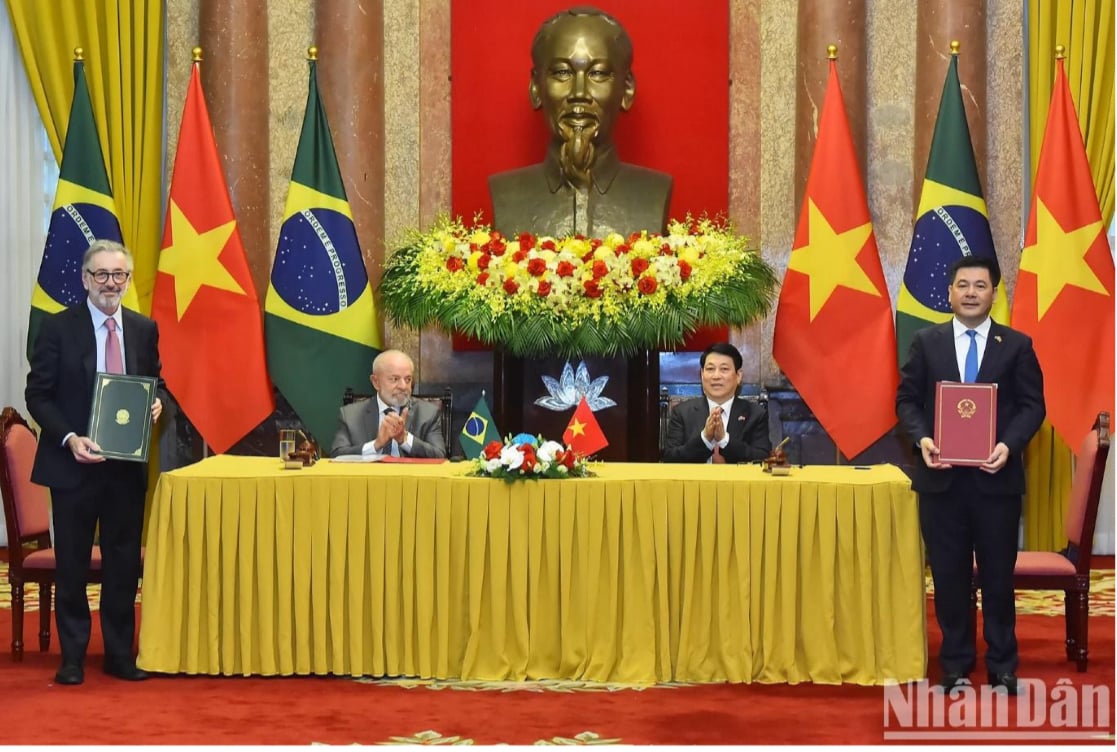






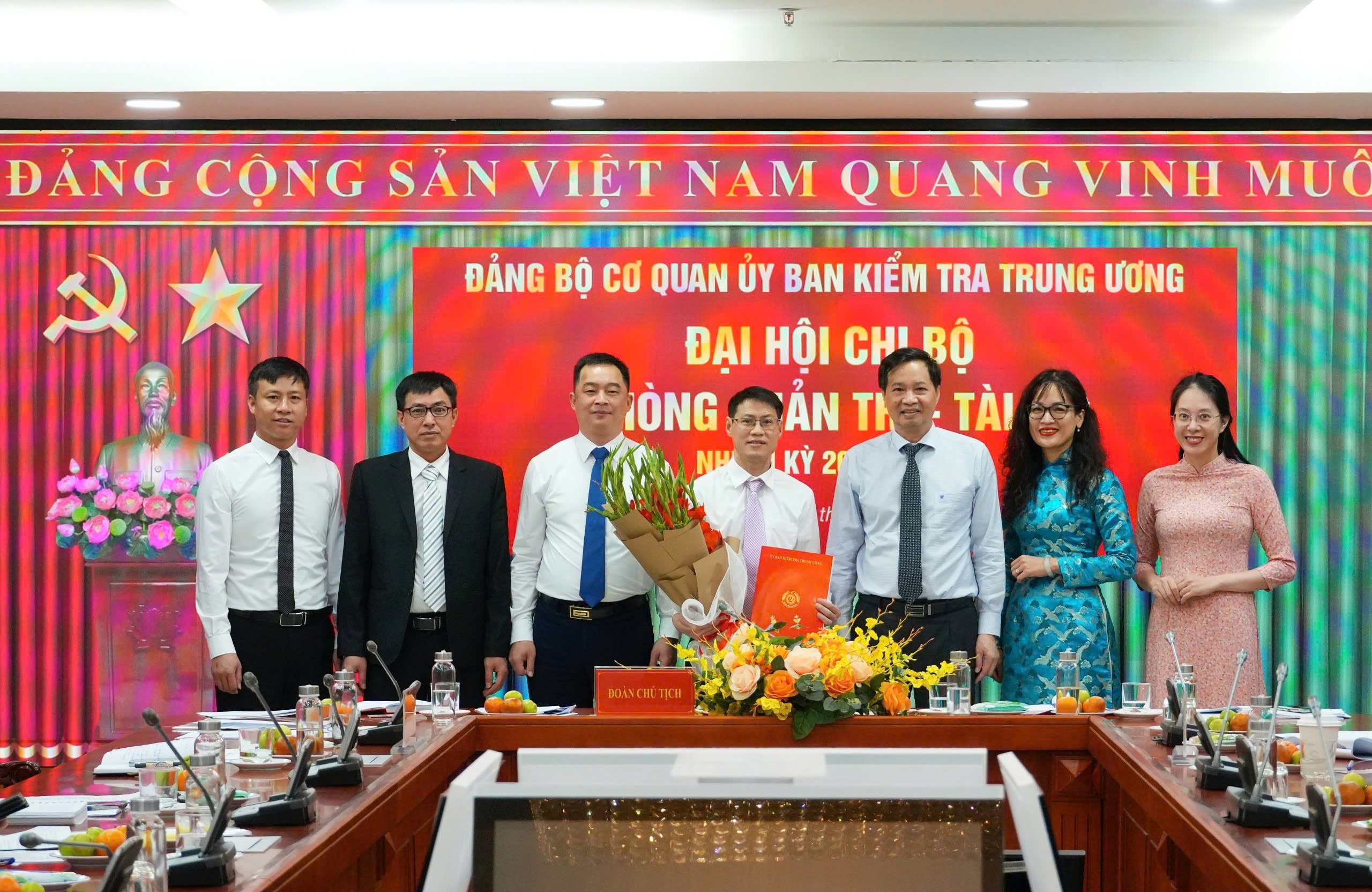
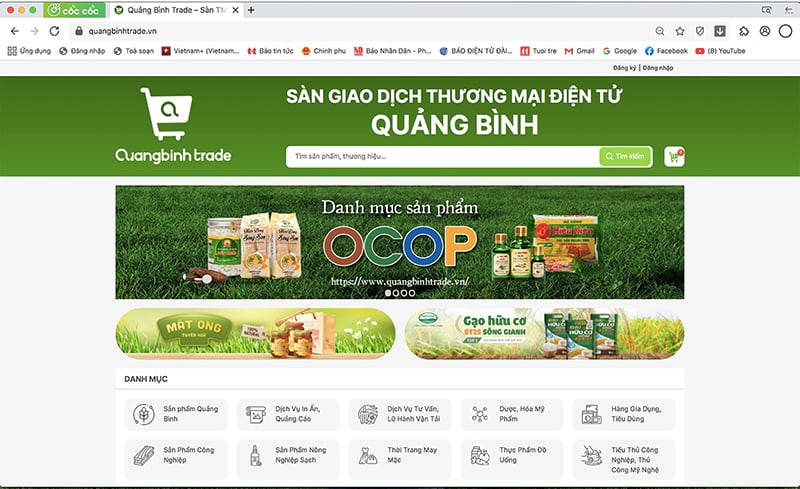

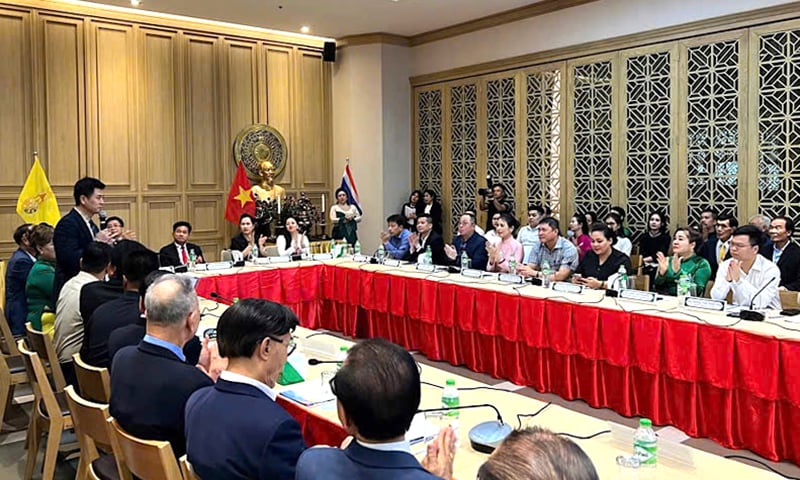


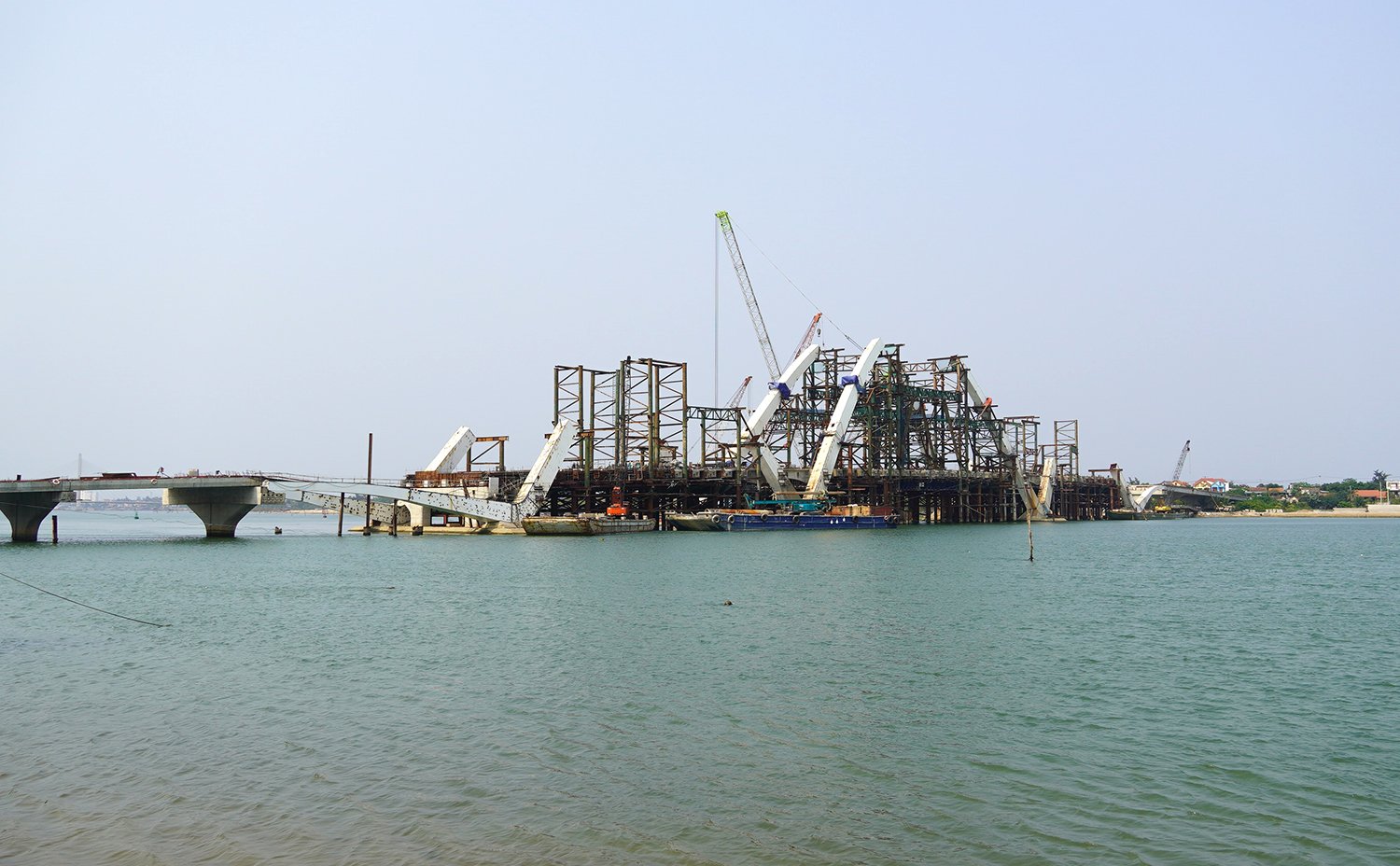
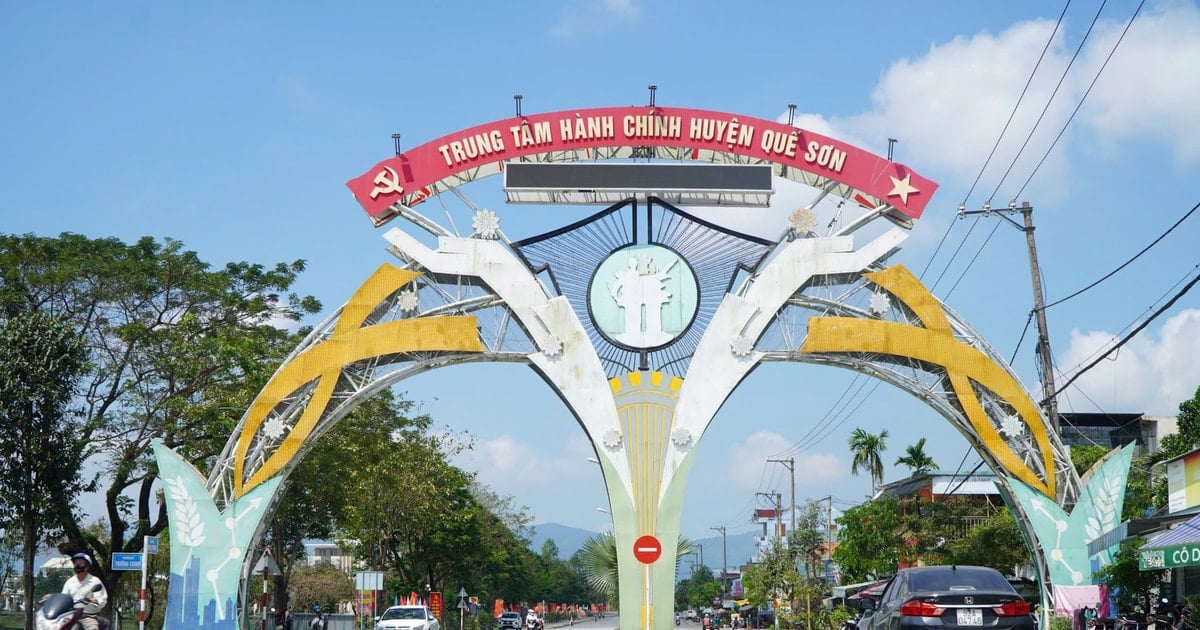
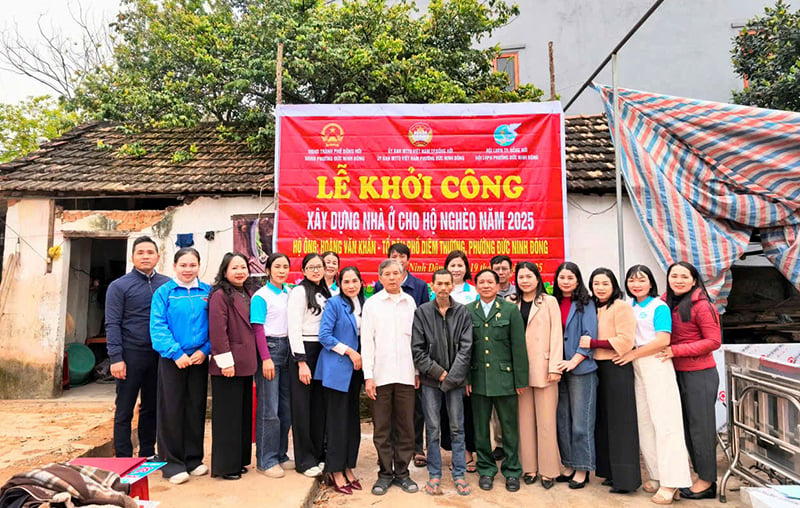




![[REVIEW OCOP] An Lanh Huong Vet Yen Cat](https://vstatic.vietnam.vn/vietnam/resource/IMAGE/2025/3/27/c25032328e9a47be9991d5be7c0cad8c)




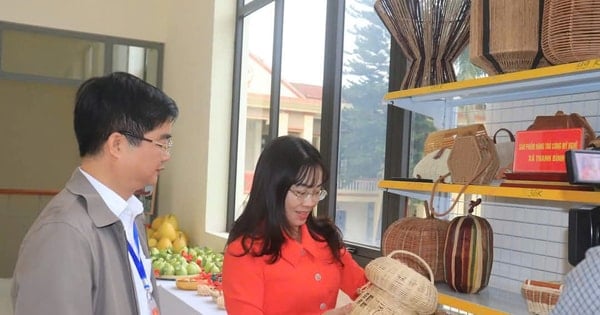
Comment (0)